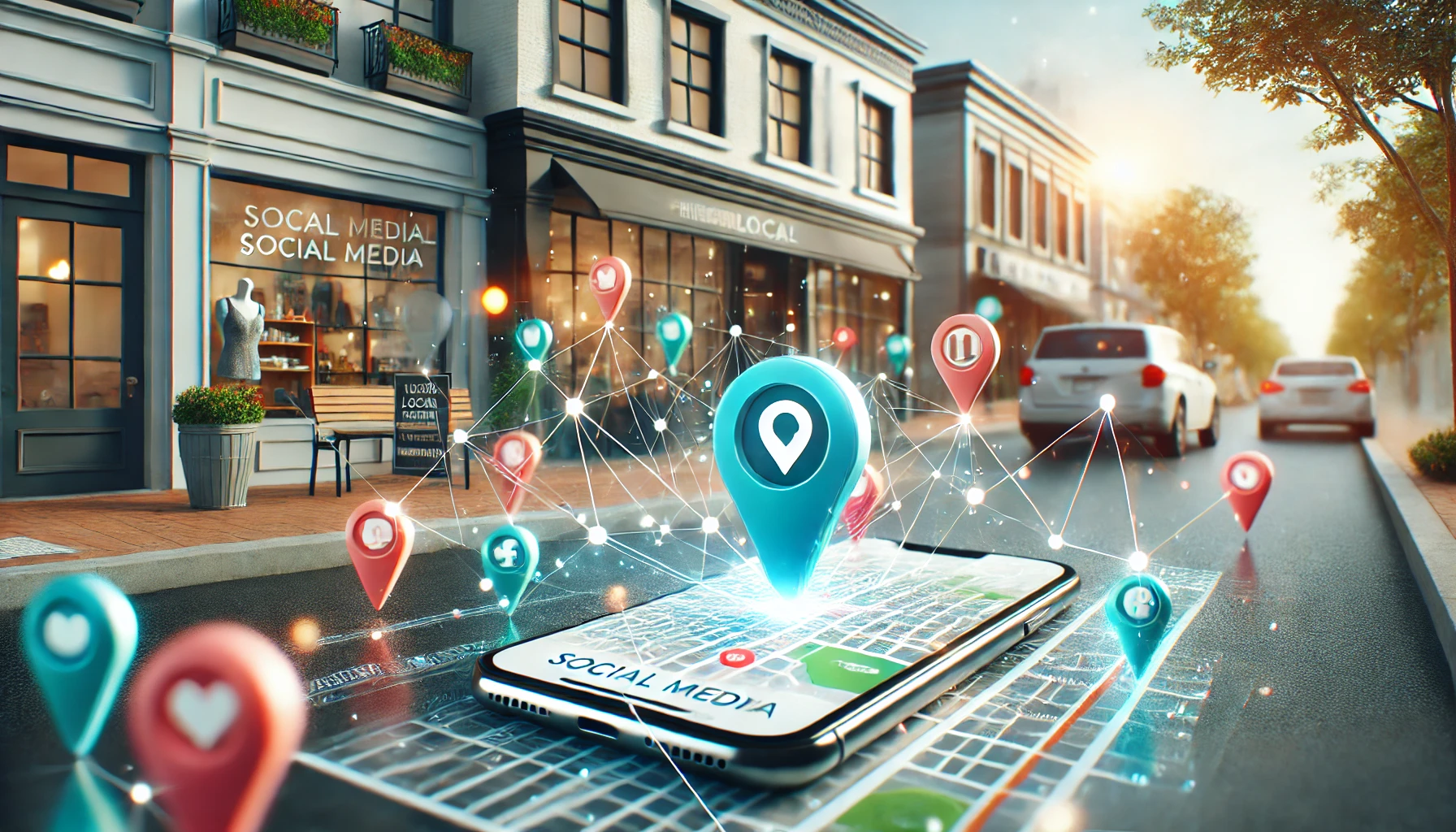Introduction
Have you ever encountered those advertisements on your phone at the exact moment you required them? GPS marketing called location-based marketing operates as a strategic tool rather than magic. This technique revolutionizes business-to-customer interactions in our modern mobile environment. This guide provides every crucial detail required to understand the powerful marketing instrument. An exploration of the “who” and “what” aspects in addition to “when” and “why” and “how” will reveal the benefits of GPS marketing/ location-based marketing for enhancing your marketing strategy.
What exactly is GPS Marketing / Location-Based Marketing?
The technology behind GPS marketing/location-based marketing actively utilizes mobile device data to deliver descriptive content based on present and prior user locations. Digital marketers use this tool to navigate the customer landscape through location-based intelligence. Various names describe this marketing practice including location marketing as well as geo-targeting marketing, geolocation marketing, proximity-based marketing and hyperlocal marketing. Saving your relevant geo audience becomes possible by deploying content exactly where they need it.
Location data is employed most frequently through two methods geofencing and geotargeting. A virtual geographic boundary guards real estate offices so when users enter this space the company sends promotional messages to continue exploring property transactions. The crucial success factor is to send appropriate information to viewers precisely when they need it.
Why GPS Marketing is Important for Business Success
Traditional marketing approaches which prevailed previously fail to yield the same success metrics they once did. GPS marketing/ geo Location-based advertising has proven powerful since most marketers achieve increased sales by employing this approach. Companies benefit on multiple levels from location-based marketing because it fuels financial success along with building improved customer connections. Better customer need understanding helps marketers deliver better engagement for real value to their audience.
Consider this: Smartphone ownership among U.S. millennials exceeds 94% during 2024. A massive group maintains continually connected access. Mobile device use continues to grow because people now spend more time on mobile devices than they do watching television. People spend their attention focused on their phones so brands need to market there to get noticed. The moment has arrived to commit to mobile-first approaches.
![]()
The Different Types of GPS Marketing
There are several ways to tap into the power of lgeo ocation data, and here are some of the most common approaches:
• IP Address Marketing: The essential approach to location-targeted campaigns makes use of device IP addresses to locate clients. Internet-connected devices always have these geo locations which provide overall geographical positions.
• GPS Marketing: Current mobile devices rely on GPS technology which receives location information from satellite networks. The precision of targeting increases when using this method.
• Geofencing Marketing: A virtual boundary helps you direct marketing initiatives to the selected audience area. Companies can create virtual circles on geographic maps to reach all devices showing up inside those areas.
• Proximity Marketing: Marketing operations driven by proximity follow geofencing methods to deliver targeted campaigns to consumers crossing within specific areas.
• Beacon Advertising: Beacons function as small physical devices which organizations install in their facilities to advertise content to people who get near the beacons.
• Blueprints GPS marketing/Location-Based Marketing: This advanced system generates exact geographic boundary limits around locations of interest through integration of location-specific and behavioral data.
How to Put GPS Marketing to Work
People are well acquainted with GPS marketing/location-based marketing and how essential it proves to be in marketing. The practical implementation of GPS marketing/location-based marketing requires what actions specifically so marketers can benefit. Here are a few ideas:
• Proximity Targeting: Your business can connect with customers through real-time engagements at any of your geofenced locations. To ensure that ads from a cafe reach people passing by their establishment at lunchtime.
• Weather Targeting: Your marketing promotions need to take current weather factors into account for optimal effectiveness. Just like cafes put up umbrellas in rain, businesses can present relevant products within strategic environmental situations.
• Geo-conquesting: You should engage people near your competitors to attract them from their businesses to your business establishment.
• Audience Targeting: When you merge location data with online behavioral patterns alongside demographic characteristics and consumer interests you can design bespoke marketing strategies.
Multiple location technologies should be combined for improving foot traffic in shops while strengthening brand visibility.
The Upsides and Downsides of GPS Marketing
Is GPS Marketing/Location-Based Marketing Actually Effective?
Conclusion
Different marketing tools such as GPS advertising and geolocation marketing combined with mobile advertising and proximity marketing alongside local targeting capabilities from beacon technology with GPS tracking build your comprehensive marketing toolkit.

